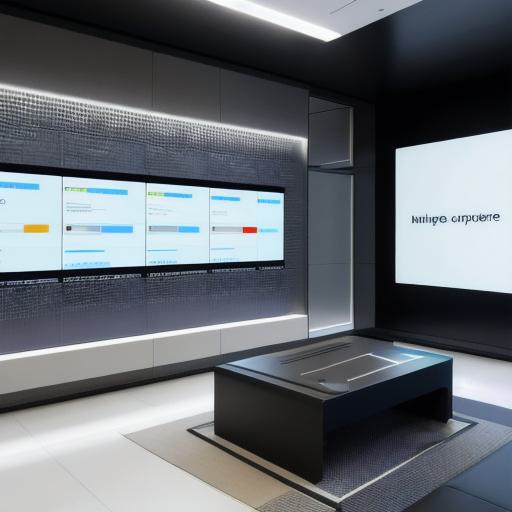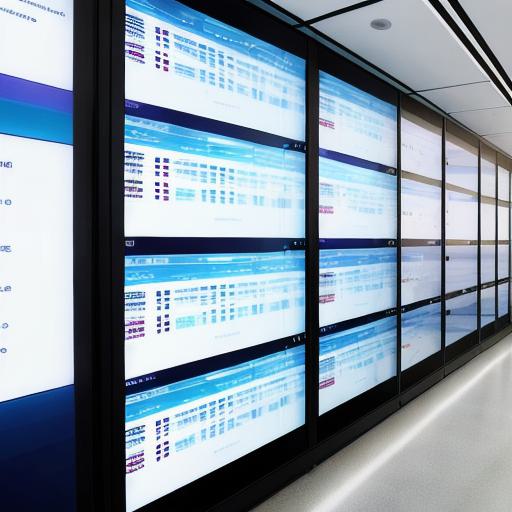Subheading 1: Definition and Importance of Data Rooms
Data rooms are virtual or physical spaces where organizations securely store, manage, and share sensitive information with external parties during mergers and acquisitions (M&A), fundraising, or other business transactions. Compliance with strict data security protocols is essential in these rooms to protect confidential information from unauthorized access.

Subheading 2: Rule 1 – Access Control and Authentication
Access control and authentication are vital elements of a well-managed data room. Implementing multi-factor authentication, role-based access, and limiting user privileges can help ensure that only authorized individuals have access to the data. For example, providing read-only permissions for investors during due diligence significantly minimizes the risk of accidental data exposure.
Subheading 3: Rule 2 – Data Protection and Encryption
Data protection and encryption are crucial practices to maintain the confidentiality of sensitive information in a data room. Implementing robust data encryption algorithms, such as AES-256, ensures that data is encrypted at rest and in transit. Additionally, regularly backing up data and applying security patches and updates can help safeguard against potential data loss or theft.
Subheading 4: Rule 3 – Nondisclosure Agreements (NDAs) and Confidentiality Clauses
Nondisclosure agreements (NDAs) and confidentiality clauses are legal contracts that protect sensitive information shared in a data room. These agreements outline the terms and conditions under which the shared information can be used, and any breaches of confidentiality could result in legal consequences.
Subheading 5: Rule 4 – Regular Audits and Monitoring
Regular audits and monitoring of data rooms are essential for maintaining security and identifying potential vulnerabilities. Implementing tools such as intrusion detection systems, log analyzers, and SIEMs can help detect unauthorized access or suspicious activities in real-time. Additionally, regular penetration testing and vulnerability assessments ensure that the system remains resilient against emerging threats.
Subheading 6: Rule 5 – Data Room Vendors and Service Providers

When working with third-party data room vendors or service providers, it is essential to ensure their compliance with relevant data security regulations and standards. Conducting thorough due diligence, including background checks, evaluating their security policies, and requesting customer references, can help mitigate risks associated with engaging a third party for managing sensitive information.
Subheading 7: Rule 6 – Data Room Design and User Experience
A well-designed data room not only ensures security but also provides an efficient and user-friendly experience for users. Features such as intuitive navigation, customizable dashboards, and advanced search capabilities can help streamline the due diligence process and reduce unnecessary time spent on data preparation and management tasks.
Subheading 8: Conclusion – Ensuring Secure and Efficient Data Rooms
In conclusion, following these key rules in a data room helps ensure secure and efficient data sharing while maintaining compliance with data security regulations and protecting sensitive information from unauthorized access. By implementing strong access control and authentication measures, robust data protection techniques, utilizing NDAs, conducting regular audits, ensuring vendor compliance, and designing user-friendly interfaces, organizations can effectively manage their data room processes during critical business transactions.
